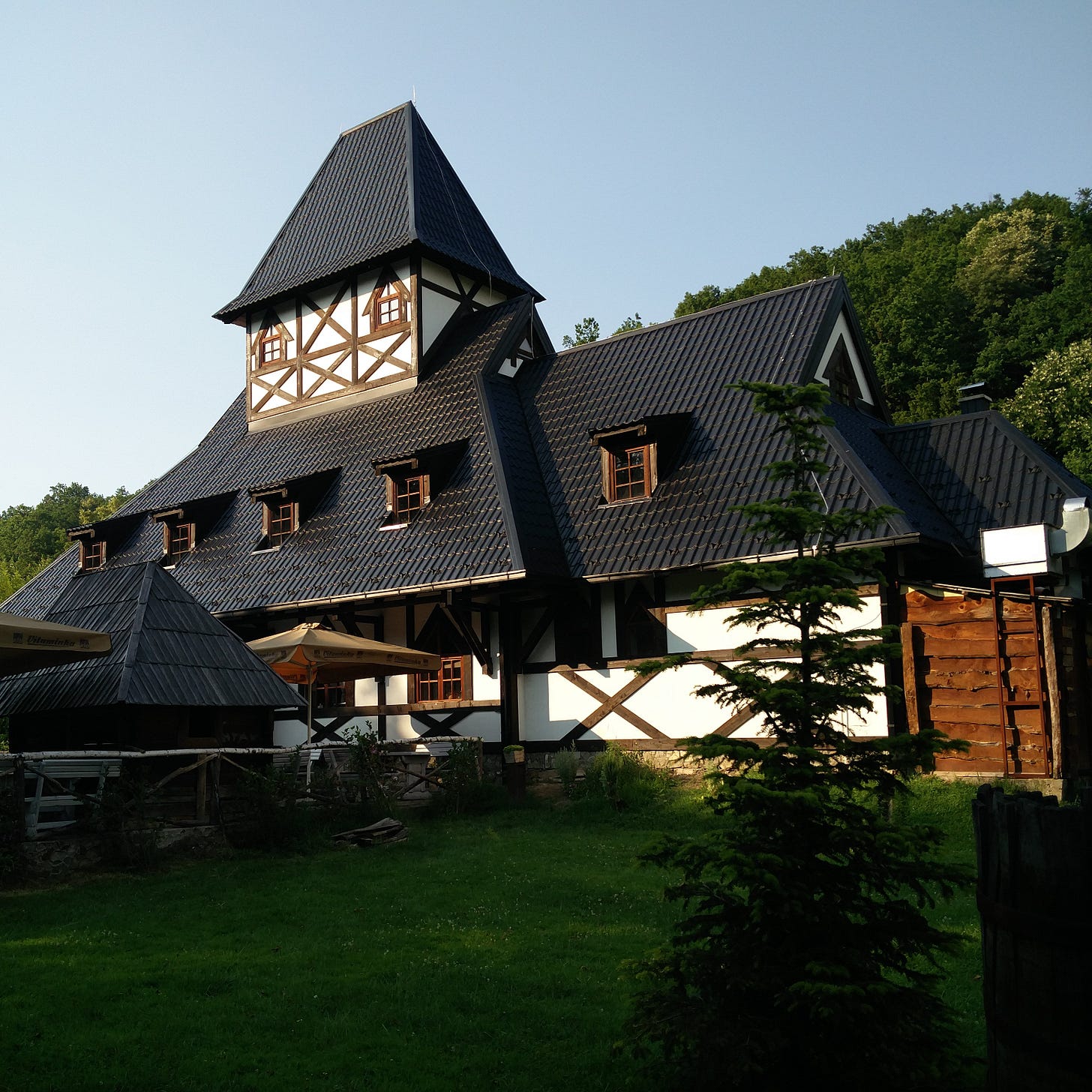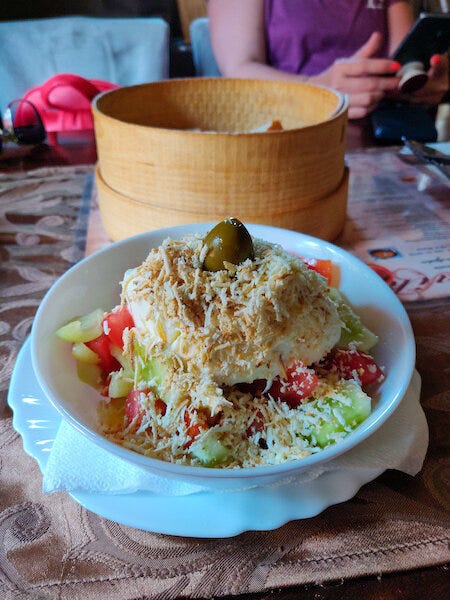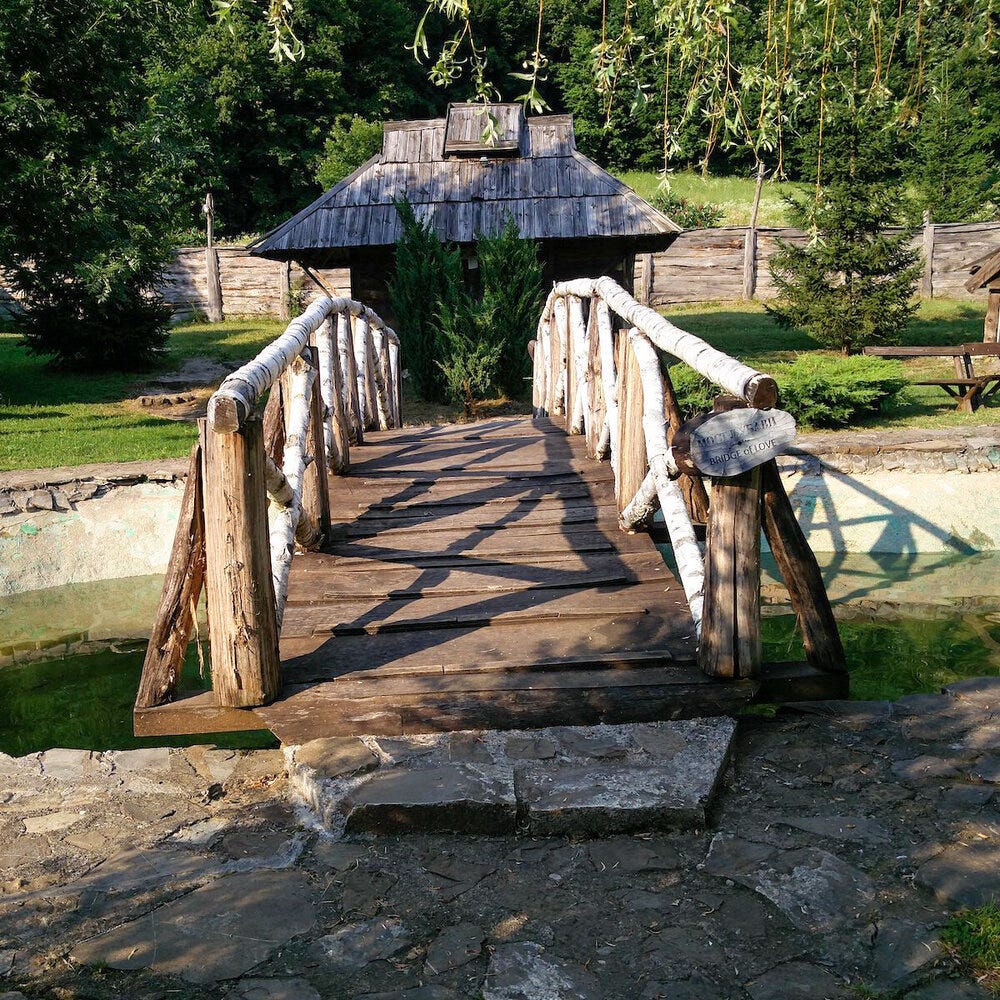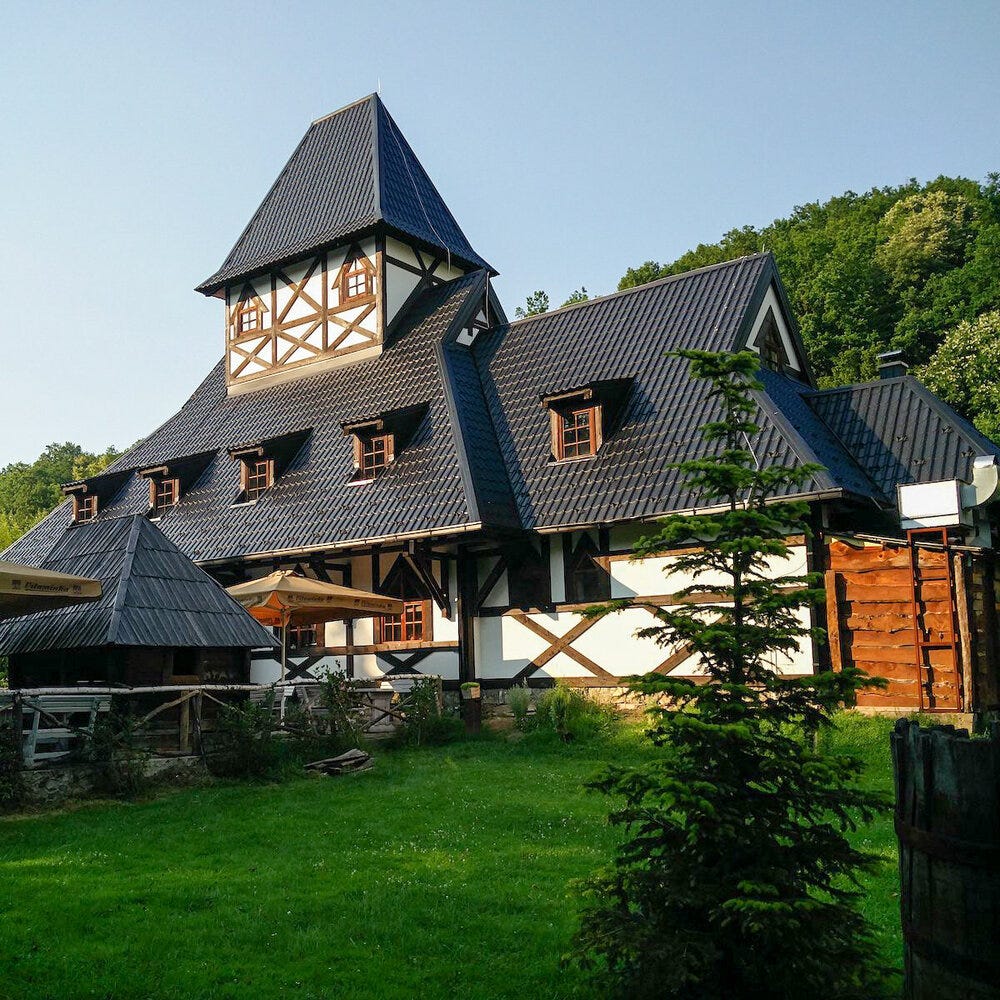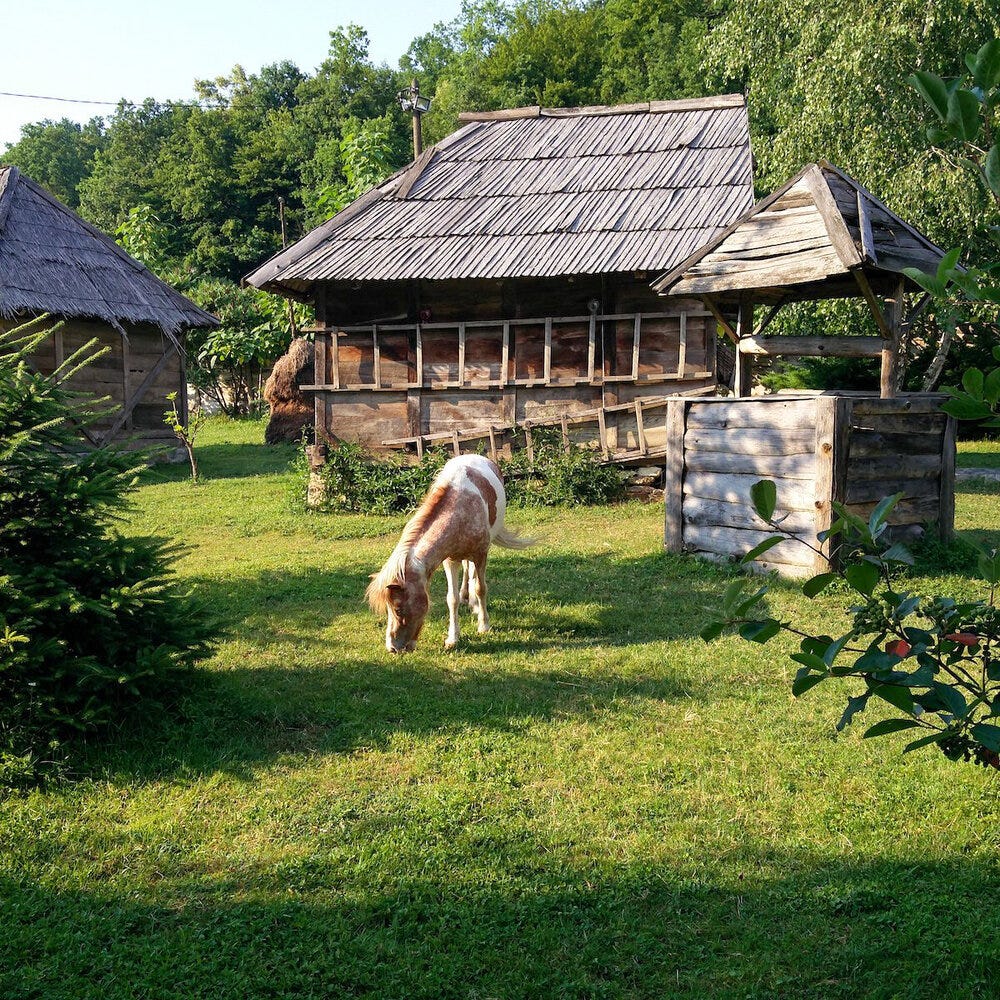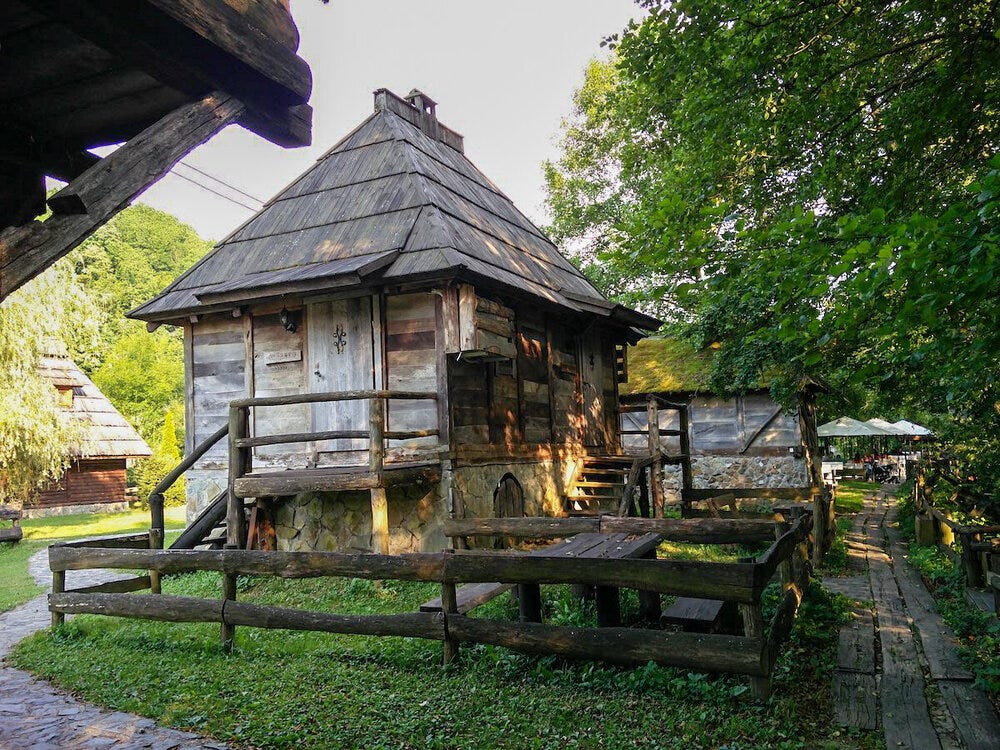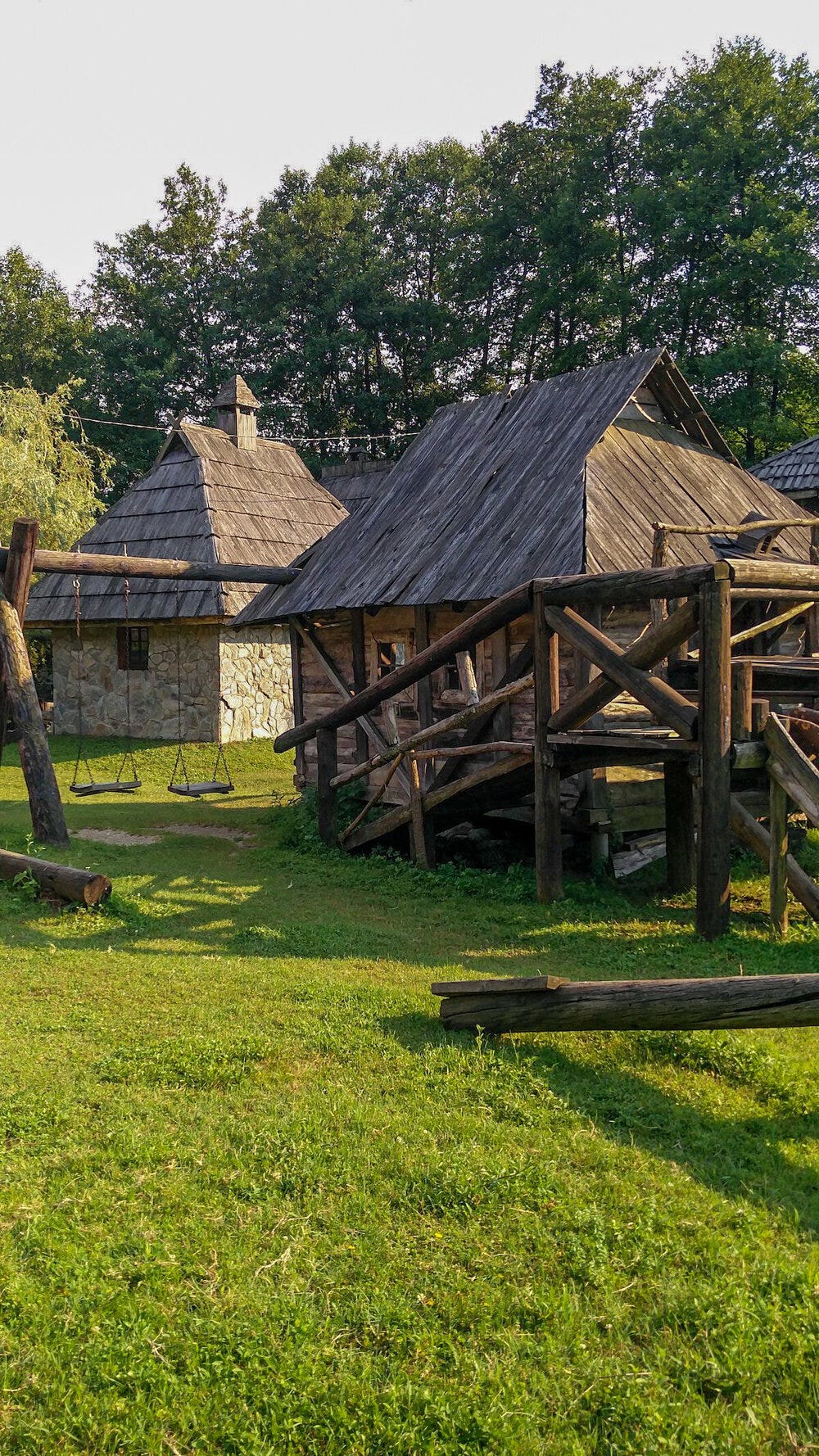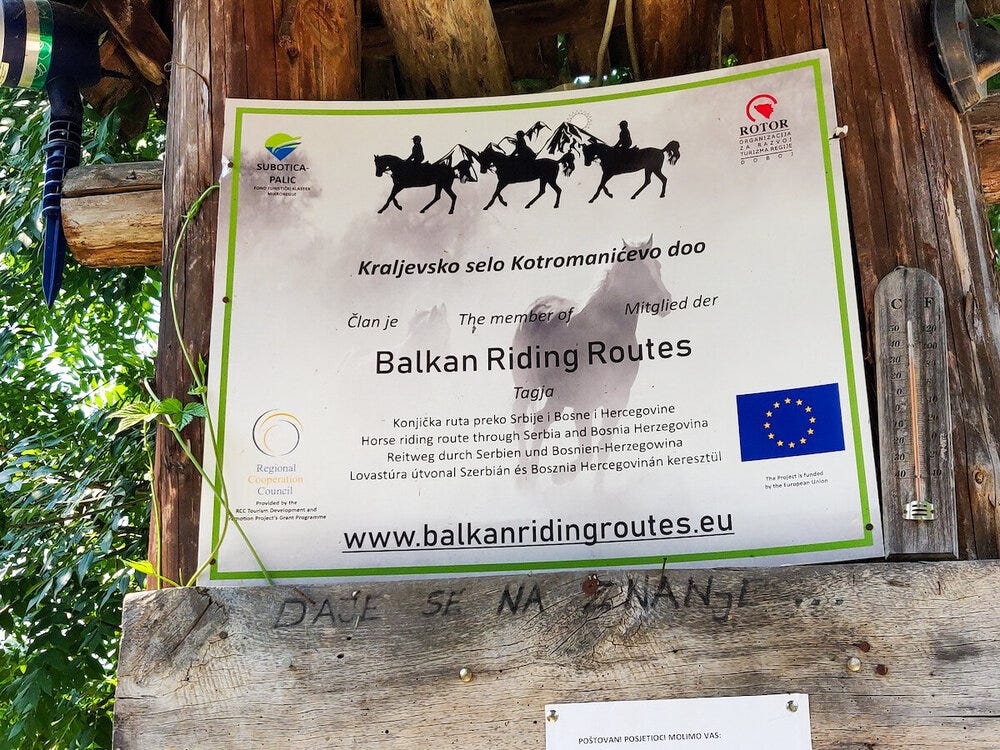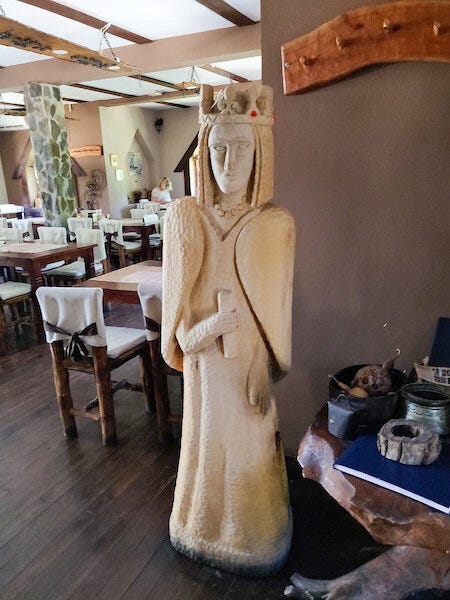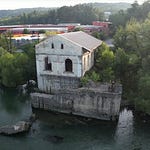📍 This post is best enjoyed in your browser.
It’s a little longer than usual and includes photos, stories, and travel tips from our visit to Kotromanićevo.
Hello, I’m David, a storyteller, wanderer, and long-time “in-betweener” living a slower, more thoughtful life here in the heart of the Balkans.
Free subscribers can enjoy regular posts about life in Bosnia and Herzegovina, slices of local culture, stories that I come across, and the little everyday moments that make this place so special.
Curious to go deeper? Paid members get access to everything I create, including exclusive podcasts, behind-the-scenes reflections, photo essays, and more that I only share with my inner circle.
Fancy joining me? Click subscribe and let’s explore this unique corner of the world together, one Coffee and Rakija at a time. ☕✨
Hello from northern Bosnia and Herzegovina,
It was back in July 2020 when Tamara and I found ourselves heading south by car, meandering toward Doboj with no fixed deadline, just the summer wind and a curiosity to explore.
We were in a hire car from Control Rent a Car in Banja Luka, cruising along the main route toward Sarajevo, when we stumbled upon a place that seemed to rise from the pages of a Bosnian fairy tale.
That place? The Royal Village Kotromanićevo, an ethno settlement that I now look back on with fondness.
Where Is Kotromanićevo?
If you’re driving toward Doboj from the direction of Derventa, you’ll come across this ethno village about 20 kilometres before you reach the city. Tucked beside the Veličanka River, it’s a welcome surprise. A cluster of wooden houses with turrets, bridges, and medieval touches, nestled in pristine greenery.
A Step Back in Time
Kotromanićevo takes its name from the Kotromanić dynasty, a medieval Serbian-Bosnian royal family that ruled the region from the 13th to 15th centuries. The whole village is built to echo that time.
Wooden structures, carved crests, medieval-style decor, and even staff in period dress on occasion.
There’s something deeply thoughtful about how these ethno villages are designed here in Bosnia and Herzegovina. They’re more than just a tourist attraction, they’re part of a national effort to preserve rural culture, traditional crafts, and a way of life that still quietly endures in pockets of this beautiful country.
What You’ll Find There
Although Tamara and I didn’t stay overnight, we did stop long enough to walk around and soak it all in. What stood out to me most was the authenticity. This isn’t a stage set. It’s a living, breathing place built with care.
Here’s what’s on offer:
Traditional wooden cottages for overnight stays
A central restaurant, known as “Royal Water”, serving authentic medieval Bosnian recipes, from trout with vegetables, to veal under the sać, and cicvara with local Doboj smoked cheese
A market selling eco-products and local handicrafts
Watermills, a small lake, a children’s playground, and a camping rest area
Opportunities for fishing, sightseeing, or even paragliding on nearby Ozren mountain
It really is a destination for the entire family, or even for solo wanderers looking for a quiet, off-the-beaten-path escape.
Not Just a Destination, it’s “An Experience”
What I truly appreciated was the professionalism and presentation of the staff, which complemented the tranquil, almost storybook-like atmosphere of the place. Everything. From the woodwork to the signage—tells a story, with care and reverence for the past.
If you’re staying the night, you’re in for more than just a comfy bed. From exploring the forested hills of Vučjak to visiting Doboj Fortress, or the lesser-known fortresses in Modriča, Maglaj, and Tešanj, there’s no shortage of things to see and feel. The rivers (Bosna, Veličanka, and Ukrina), offer peace and the promise of quiet fishing spots. And if you’re feeling adventurous, you can take to the skies with paragliding.
Ethno Tourism in Bosnia – More Than Just Nostalgia
We’ve shared before on this blog our love for ethno villages in Bosnia and Herzegovina. From tucked-away mountain settlements to riverside retreats like Kotromanićevo, they serve an important purpose: they reconnect us to heritage, to slowness, and to what really matters.
These villages are sprinkled across the country like breadcrumbs—on the slopes of mountains, in lowland fields, and within traditional communities that still live closely with nature and customs.
The aim of ethno tourism in Bosnia and Herzegovina is to preserve the tradition and natural beauty of the local environment, and to show tourists and visitors how people used to live in times long ago
Worth the Stop
Kotromanićevo might not be a name that leaps off the tourist brochures, but it should be. Whether you’re just stopping for lunch, as we did, or staying for a few nights, you’ll leave with a deeper sense of this land’s richness.
And perhaps, like me, you’ll come away reminded that not all kings wear crowns, and not all castles have walls of stone, some are made of pine, nestled by rivers, quietly waiting for curious travellers to pass through.



